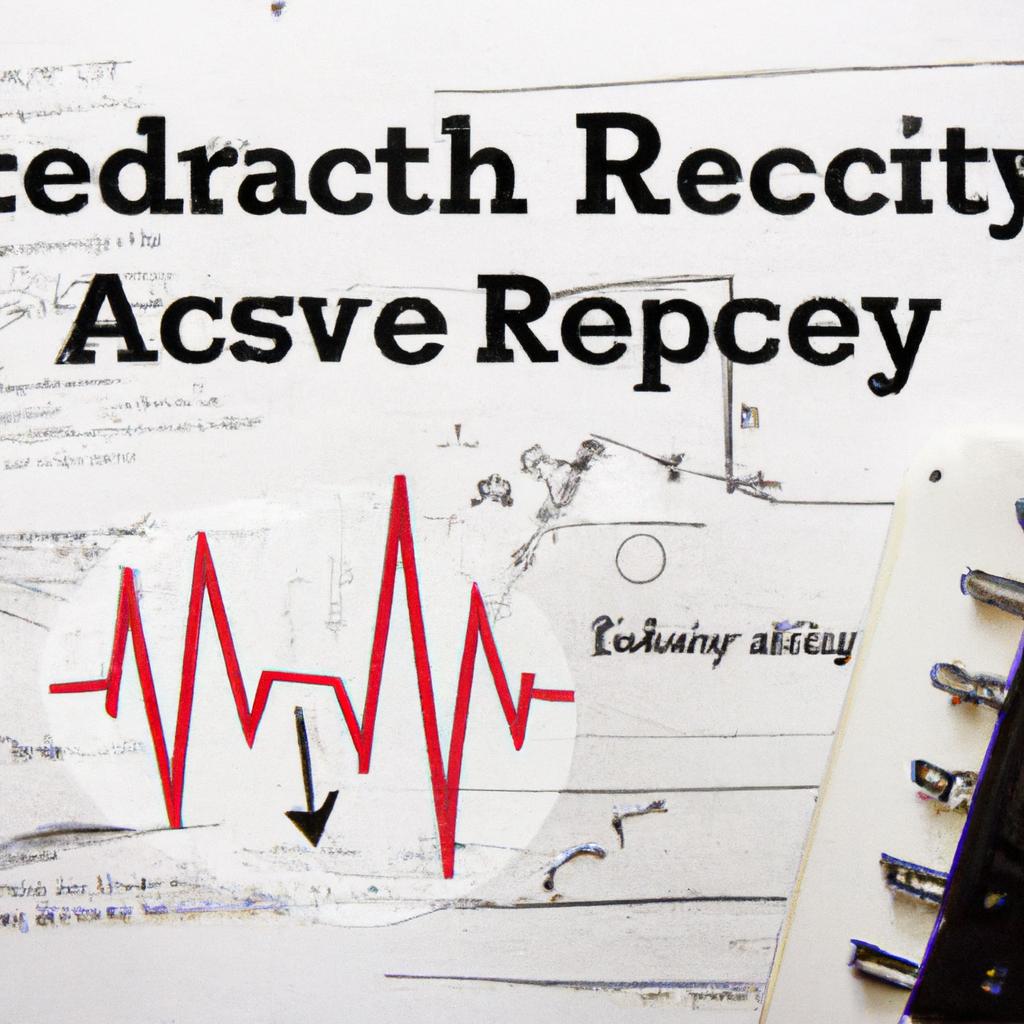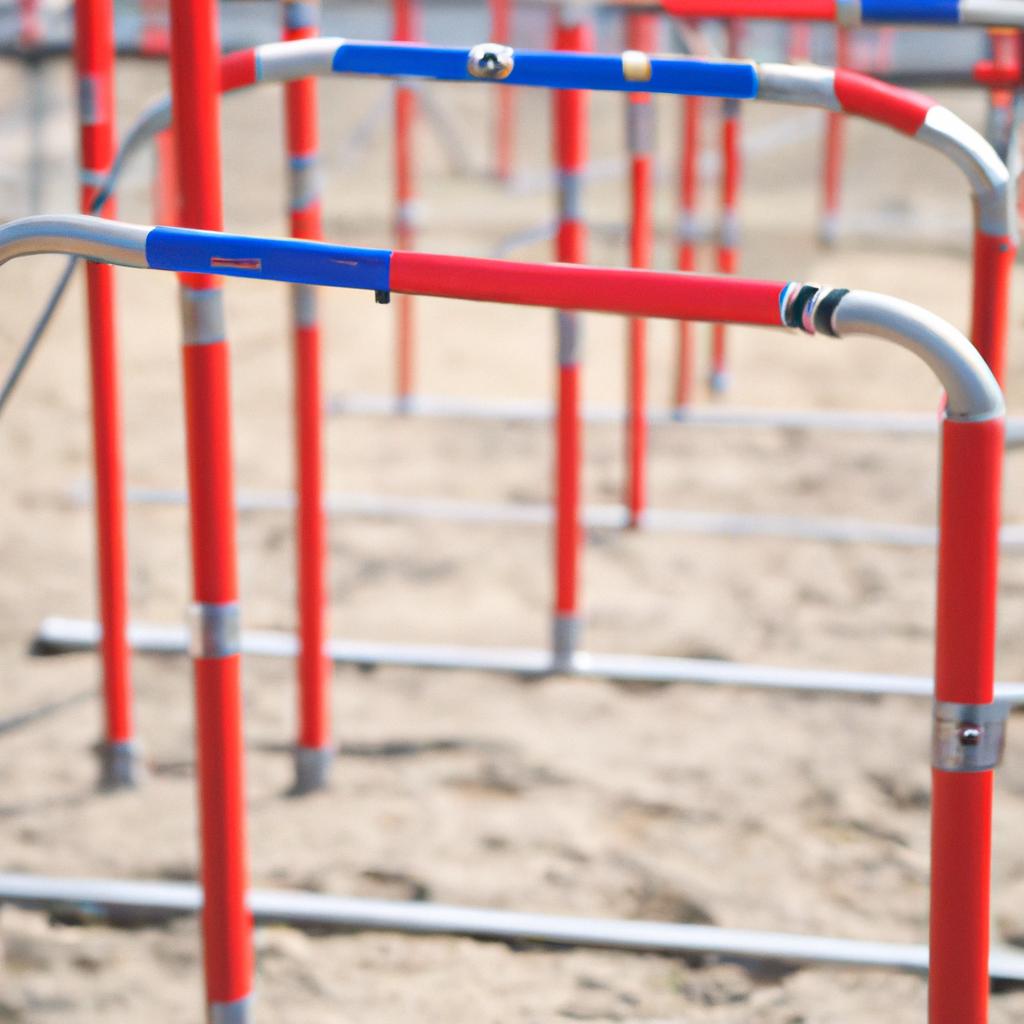**”The Relationship Between Heart Rate Variability and Athletic Performance: Unpacking the Science Behind Recovery and Adaptation”**
The Relationship Between Heart Rate Variability and Athletic Performance: Unpacking the Science Behind Recovery and Adaptation
Athletic performance is often measured by external factors such as speed, strength, and endurance. However, an increasingly recognized internal factor is heart rate variability (HRV), which can provide critical insights into an athlete’s recovery and readiness to perform. In this blog post, we will explore the relationship between HRV and athletic performance, understand how it can inform recovery strategies, and discuss practical tips for optimizing HRV.
Understanding Heart Rate Variability (HRV)
Heart rate variability refers to the variation in time intervals between consecutive heartbeats. While it may seem counterintuitive, a higher HRV is generally associated with better cardiovascular fitness and resilience to stress, whereas a lower HRV may indicate fatigue or an inability to recover effectively.
The Science Behind HRV
HRV is influenced by the autonomic nervous system (ANS), which consists of two main branches: the sympathetic nervous system (SNS) and the parasympathetic nervous system (PNS). The SNS is responsible for the “fight or flight” response, increasing heart rate during stress or exercise. Conversely, the PNS promotes relaxation and recovery, decreasing heart rate. Consequently, a balanced interaction between these two systems is crucial for optimal performance.
How HRV Relates to Athletic Performance
Research indicates that HRV can be a valuable tool for athletes to gauge their readiness for training. Studies show that athletes with higher HRV tend to recover faster and achieve better performance outcomes. Therefore, monitoring HRV can help in tailoring training loads, adjusting recovery strategies, and preventing overtraining.
The Importance of Recovery in Athletic Training
Recovery and Performance
Recovery is an often-overlooked component of athletic training. Athletes who neglect recovery may experience diminished performance, increased injury risk, and burnout. In addition, recovery is essential for muscle repair, glycogen replenishment, and hormonal balance. Therefore, understanding how HRV plays a role in recovery can empower athletes to make informed decisions about their training regimens.
The Role of Sleep
Quality sleep is one of the most significant contributors to recovery. Studies demonstrate that inadequate sleep can lower HRV, negatively impacting recovery and performance. Moreover, sleep deprivation can lead to elevated levels of cortisol, the stress hormone, which can further compromise recovery.
Stress and Its Impact on HRV
In addition to physical stress from training, psychological stress can also affect HRV. Athletes often face external pressures such as competition, sponsorship obligations, and personal expectations. Consequently, managing these stressors is crucial for maintaining optimal HRV and, by extension, athletic performance.
Nutrition Tips for Enhancing HRV
Hydration Matters
Staying well-hydrated is fundamental for overall health and can significantly impact HRV. Dehydration can lead to an increase in heart rate and a decrease in HRV. Therefore, athletes should prioritize hydration before, during, and after training sessions to support their performance and recovery.
Nutrient-Rich Foods
Moreover, consuming a balanced diet rich in vitamins, minerals, and antioxidants can improve HRV. Foods high in omega-3 fatty acids, such as fatty fish, walnuts, and flaxseeds, have been shown to have a positive effect on heart health and HRV. Additionally, incorporating fruits and vegetables can combat oxidative stress, further benefiting recovery.
Timing and Meal Composition
Meal timing and composition can also influence HRV. Consuming a well-balanced meal or snack containing carbohydrates and protein shortly after training can aid in recovery and promote a favorable HRV response. On the other hand, heavy meals close to bedtime can disrupt sleep quality, negatively impacting HRV.
Exercise Advice for Improving HRV
Incorporating Recovery Workouts
To optimize HRV, athletes should incorporate recovery workouts into their training plans. Activities such as yoga, stretching, and low-intensity aerobic exercises can enhance parasympathetic activity, thereby improving HRV. Consequently, these practices can facilitate recovery and reduce the risk of overtraining.
Periodization of Training
In addition, athletes should consider a periodized training approach. This involves alternating between phases of high-intensity training and lower-intensity recovery periods. By allowing the body time to adapt and recover, athletes can enhance their overall performance while maintaining a healthy HRV.
Monitoring and Adjusting Training Loads
Furthermore, regularly monitoring HRV allows athletes to adjust their training loads based on their current recovery status. For example, if HRV drops significantly, it may signal the need for a lighter training day or additional recovery strategies.
Health Benefits of Optimizing HRV
Improving HRV not only enhances athletic performance but also provides several health benefits. Higher HRV is associated with reduced stress levels, improved mood, and better cardiovascular health. Moreover, athletes who prioritize recovery and maintain optimal HRV are likely to experience fewer injuries and longer careers in their respective sports.
Conclusion
In summary, heart rate variability serves as a critical indicator of an athlete’s recovery and readiness for performance. By understanding the science behind HRV and its relationship to recovery, athletes can make informed decisions about their training and lifestyle. Incorporating strategies such as proper nutrition, adequate hydration, and tailored exercise regimens can enhance HRV, leading to improved athletic performance and overall health. Therefore, athletes should not overlook the power of HRV in their quest for excellence in their sport.
FAQ
What is heart rate variability (HRV) and why is it important for athletes?
Heart rate variability (HRV) refers to the variation in time intervals between consecutive heartbeats. It is an important metric for athletes because a higher HRV is generally associated with better cardiovascular fitness and an improved ability to recover from stressors, including training. Monitoring HRV can help athletes gauge their recovery status, tailor their training loads, and prevent overtraining, ultimately enhancing performance.
How does sleep quality affect HRV and athletic performance?
Quality sleep is crucial for recovery and has a significant impact on HRV. Inadequate sleep can lead to lower HRV, which negatively affects recovery and performance. Sleep deprivation can also elevate cortisol levels, a stress hormone that further compromises recovery. Prioritizing good sleep hygiene is essential for athletes looking to optimize their HRV and, consequently, their athletic performance.
What nutritional strategies can help improve HRV?
To enhance HRV, athletes should focus on staying well-hydrated and consuming a balanced diet rich in vitamins, minerals, and antioxidants. Foods high in omega-3 fatty acids, such as fatty fish, walnuts, and flaxseeds, are particularly beneficial for heart health. Additionally, proper meal timing, such as consuming a balanced meal or snack after training, can aid recovery and promote















Post Comment